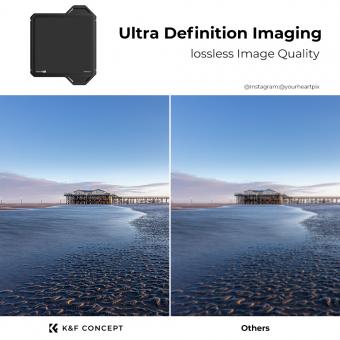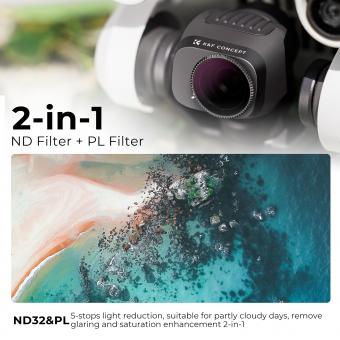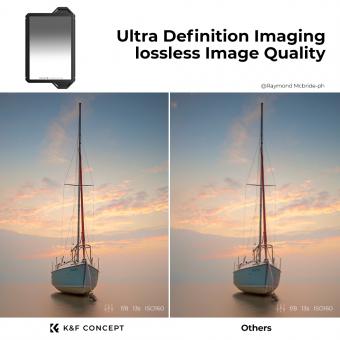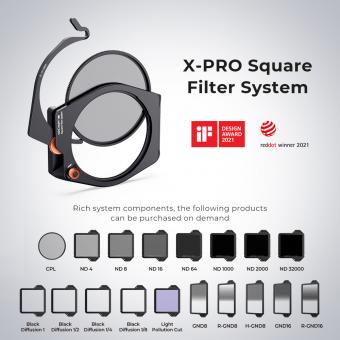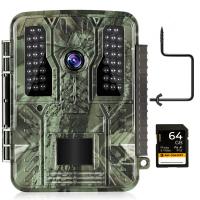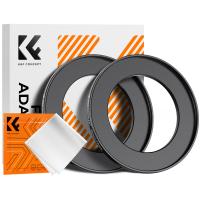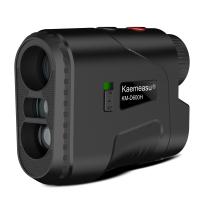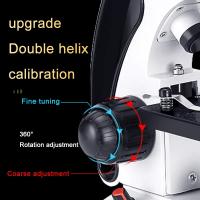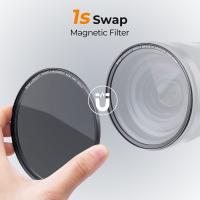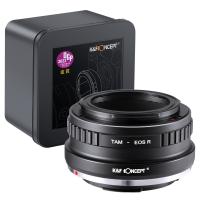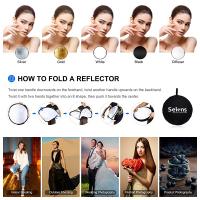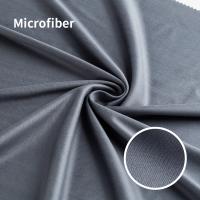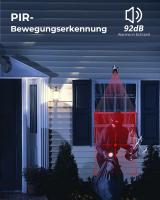How Many Stops Is Nd16 ?
ND16 is a type of neutral density filter used in photography. It reduces the amount of light entering the lens by 4 stops, which means it allows only 1/16th of the original light to pass through. This is useful in situations where there is too much light and the photographer wants to use a slower shutter speed or wider aperture without overexposing the image.
1、 Definition of ND16

"How many stops is ND16?" ND16 is a type of neutral density filter that reduces the amount of light entering the camera lens by 4 stops. This means that it allows only 1/16th of the light to pass through the lens, making it ideal for shooting in bright daylight conditions.
Neutral density filters are essential tools for photographers and videographers who want to control the amount of light entering their cameras without affecting the color or quality of the image. ND filters come in different strengths, ranging from ND2 (1 stop) to ND1000 (10 stops) and beyond.
ND16 is a popular choice for landscape photographers who want to capture long exposures of waterfalls, rivers, and other moving subjects. By reducing the amount of light entering the lens, ND16 allows the photographer to use slower shutter speeds, which can create a sense of motion and blur in the image.
In recent years, there has been a growing trend towards using higher-strength ND filters, such as ND64, ND100, and even ND1000, to achieve even longer exposures and more dramatic effects. However, ND16 remains a versatile and useful filter for many types of photography, and is often included in filter kits alongside other strengths of ND filters.
2、 - ND filter stops
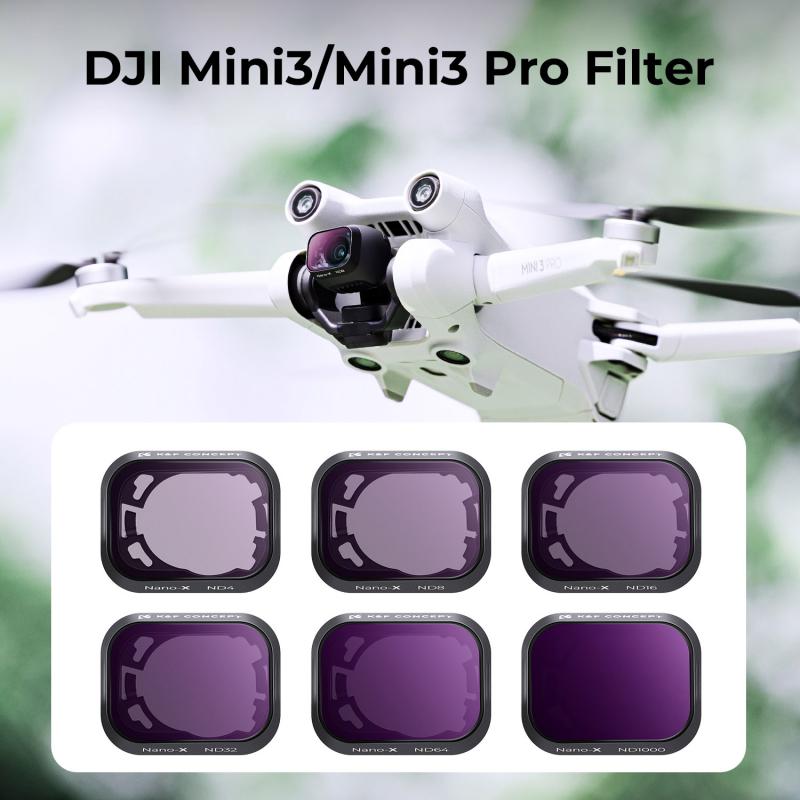
How many stops is ND16? ND16 is a type of neutral density filter that reduces the amount of light entering the camera lens by four stops. This means that it allows only 1/16th of the light to pass through the lens, making it ideal for shooting in bright daylight conditions.
The use of ND filters is essential for photographers who want to achieve certain creative effects in their images. For example, by using an ND filter, photographers can create long exposure shots of waterfalls or rivers, which results in a smooth, silky effect. ND filters can also be used to blur motion in a scene, such as the movement of people or cars in a cityscape.
ND filters come in different strengths, ranging from ND2 to ND1000, with each filter reducing the amount of light entering the lens by a specific number of stops. ND16 is a popular choice for photographers who want to achieve a moderate reduction in light without compromising image quality.
In recent years, there has been a growing trend towards using variable ND filters, which allow photographers to adjust the strength of the filter by rotating the front element. This provides greater flexibility and convenience, as photographers can adjust the filter strength without having to swap out filters.
Overall, ND filters are an essential tool for photographers who want to achieve creative effects in their images, and ND16 is a popular choice for those who want a moderate reduction in light.
3、 - Photography applications

How many stops is nd16? ND16 is a neutral density filter that reduces the amount of light entering the camera by four stops. This means that it allows only 1/16th of the light to pass through the lens, making it ideal for shooting in bright daylight conditions. ND filters are commonly used in landscape photography to achieve longer exposure times, which can create a sense of motion in waterfalls or clouds.
In recent years, ND filters have become increasingly popular among videographers as well. By reducing the amount of light entering the camera, ND filters allow for wider apertures and slower shutter speeds, which can create a more cinematic look in video footage. ND filters are also useful for controlling the exposure when shooting with a shallow depth of field, as they allow for a wider aperture without overexposing the image.
Overall, ND filters are a versatile tool for photographers and videographers alike. Whether you're shooting landscapes, portraits, or video, an ND filter can help you achieve the desired exposure and creative effect. When choosing an ND filter, it's important to consider the number of stops it reduces the light by, as well as the quality of the filter itself. A high-quality ND filter will have minimal color cast and won't degrade the image quality.
4、 - Video applications
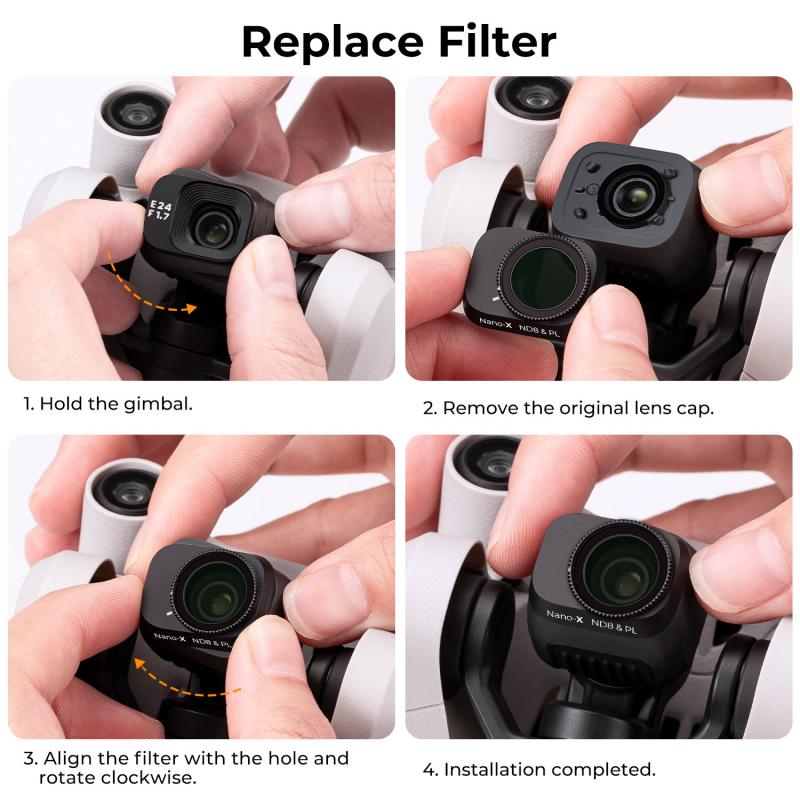
How many stops is nd16 in video applications? ND16 is a neutral density filter that reduces the amount of light entering the camera lens by four stops. In video applications, ND filters are used to control the exposure and depth of field in bright outdoor environments. By reducing the amount of light entering the lens, ND filters allow videographers to use wider apertures and slower shutter speeds, resulting in a shallower depth of field and smoother motion blur.
In recent years, ND filters have become increasingly popular among videographers and filmmakers, as they allow for greater creative control over the final image. ND filters are particularly useful in outdoor shooting scenarios, where the bright sunlight can cause overexposure and harsh shadows. By using an ND filter, videographers can achieve a more balanced exposure and capture more detail in the highlights and shadows.
Overall, ND16 is a versatile filter that can be used in a wide range of video applications. Whether you're shooting a cinematic masterpiece or a simple vlog, an ND16 filter can help you achieve the perfect exposure and depth of field. So if you're looking to take your video production to the next level, consider investing in an ND16 filter and start experimenting with your creative vision.





